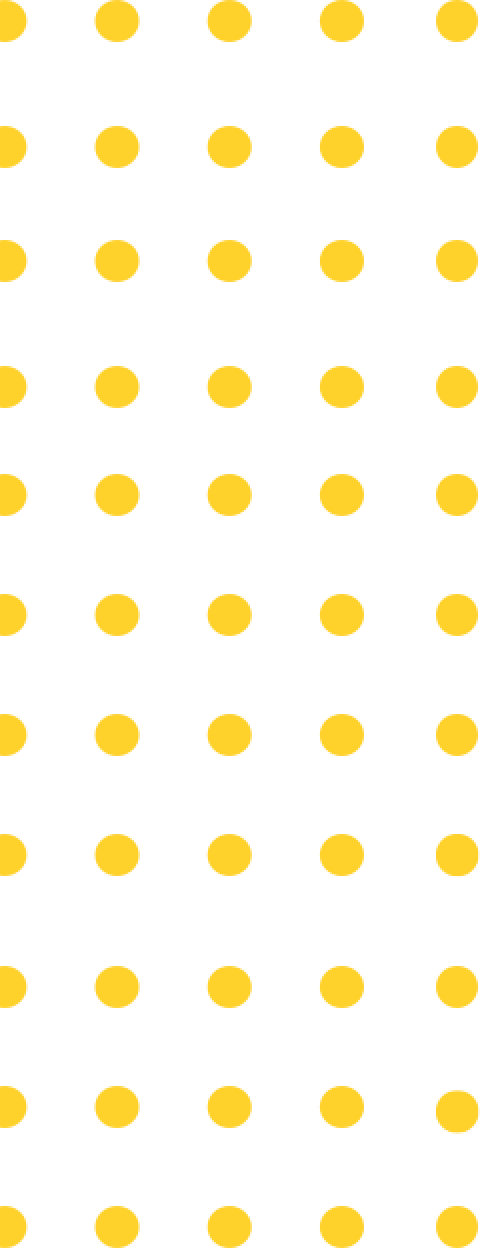
Innovation in the world of programming with Go
Innovation in the world of programming with Go
Go is a modern programming language developed by Google for high-performance systems. This language includes simplicity, speed and reliability. It also provides a unique experience to software developers. The idea behind Golang is to enable developers to do more with less code. This improves code readability and speeds up the software development process.
Go is a great system, especially for parallel processes. The parallelism model of the language is built on "goroutines". These goroutines communicate efficiently with each other through Go channels, allowing for easy control of complex parallel systems.
The rise of Go and its key features
Go has firmly established itself in the rapidly developing world of technology. This rise is due to the support of Google and rapid adoption by the developer community. Go is designed with simple, reliable and efficient software development principles. These principles are the cornerstones of Go's popularity. Let's take a look at some of the features of this programming language:
Simplicity and readability
Go favors simplicity. Its syntax is so clear that even beginners can easily understand it. They can also be used in high-level projects. This simplicity makes it easy for large teams to work together and maintain code over the long term.
Synchronicity
Perhaps the most surprising feature of Go is its ability to handle parallel operations. By using "goroutines" and "channels", developers can run and manage multiple processes simultaneously. This feature makes Go a great option for taking full advantage of the multi-core capabilities of modern CPUs.
Speed and Performance
Go also offers great speed and performance. Applications are compiled directly into machine code, which allows them to run at runtime with high efficiency. This is especially important for critical applications and systems that require high performance.
Cross Platform Support
Go can run on a variety of operating systems, including Linux, macOS, and Windows. This ensures that applications written in Go can be deployed seamlessly across a wide range of platforms.
Large Standard Libraries
Go's extensive standards library offers many functions, from network programming to data processing. This library allows developers to quickly develop reliable and efficient applications.
The rise of Go is based on these key features of the language. These features have made Go one of the leading languages for modern software development. Note that it is an ideal choice for a wide range of applications.
History of Go programming language
The Go programming language was developed by Google engineers Rob Pike, Ken Thompson and Robert Griesemer. In 2007, the language development process was started. 2 years later, it was announced to the public for the first time in November 2009. The main motivation for creating Go was to find solutions to the problems encountered when creating large-scale software systems. These challenges include slow application development, managing complex dependencies, and difficulty using multi-core processors efficiently. Developers felt that existing programming languages did not adequately address these issues. So they decided to design a new language that focuses on simplicity, speed and efficiency. Go was born out of these needs. Static typing, easy readability, and superior performance have breathed new life into modern software development practices, in particular. The language's design focused on concurrency support to meet the demands of high-performance network and system programming. Golang quickly gained popularity. It also began to be widely used in various fields, especially in cloud-based applications and microservice architectures.
Basics of programming with Go H2
As we mentioned above, Go is a programming language designed to meet the needs of modern software development. Using a simple and minimal syntax, Go aims to reduce complexity and focus developers' attention. This approach greatly simplifies code maintenance and collaboration. In this part, we'll explore the basics of programming with Go. These include data types, control structures, functions, and package management. These basics show how Go is a simple, powerful and effective language.
Data types and variables H3
As we mentioned above, Go is a statically typed language, which means that each variable must have specific data types. Basic data types of Go include integer, float, string, boolean, etc. includes. These basic types are sufficient for any simple data operation. But Go also makes it possible to work with more complex data structures: array provides flexibility for fixed-size collections, while slice provides flexibility for dynamically sized arrays. Maps are used to store key-value pairs, and structs are ideal for grouping different types of data into a single unit. This diversity allows Go to adapt to a wide range of applications.
Control structures
Like any programming language, Go has various constructs to control the flow of the program.
Functions and Packages H3
Go's system of functions and packages encourages code reuse and organization. It also facilitates the management of large projects. These are blocks of code that can perform a specific function, accept parameters, and return results. Functions in Go provide a high degree of flexibility. Also supports advanced concepts like anonymous functions or higher-level functions.
Packages can be defined as structures that combine related functions, types, and variables and group them together as modules. Go offers many useful packages in its standard library. Additionally, it allows developers to create and share their own packages. This structure avoids code duplication, facilitates dependency management, and enables the development of large-scale software projects in a modular manner. The Go package system uses namespaces to avoid conflicts and keep code clear and understandable.
A Look into the Future: The Way of Go H2
The Go programming language has quickly established itself in software development. Since its inception, Go; It aimed to offer practical solutions to modern programming languages with core values of simplicity, performance and reliability. This approach made it an ideal choice, especially for high-performance applications and large-scale systems. Google's support and continued development by the community has allowed Go to follow a path of continuous growth and adaptation in the technology ecosystem.
Go's path is shaped not only by his past achievements, but also by his plans and expectations for the future. The development community closely follows the evolution of the language. Discusses how Go can be extended to both existing application areas and potential new use cases.
As a result, the Go programming language has created a dynamic effect in the world of technology. Go will continue to have a significant impact on the software industry with its continued development, community support, and ability to adapt to new technologies.
Go's Impact on the Ecosystem H3
The Go programming language is part of an ever-evolving ecosystem. With each new version, it aims to offer developers more flexibility, performance and ease of use. Further improvements to Go's concurrency model are expected in future releases. This will allow programs to work more efficiently. In addition, working on error handling mechanisms will make the code more reliable and easier to maintain. Improving the overall ergonomics of the language means developers can do more with less code. These improvements are intended to both satisfy Go's existing user base and attract new developers. Go's impact on the ecosystem is shaping how the language is perceived in different fields and software development practices.
Go's Place in the Programming World H3
Go is considered one of the prominent languages in modern software development practice. In particular, it has proven itself in areas such as cloud computing, microservices and container technologies. Go's success in these areas stems from its strong capabilities in building high-performance, scalable, and maintainable systems. In the future, Go's adaptation to new technology trends such as artificial intelligence, machine learning, and big data will expand the language's use cases. This adaptation will further strengthen Go's position in the tech world. It will also allow the language to play an important role in the software development ecosystem in the coming years. Go's key features, such as simplicity, performance, and concurrency support, will help the language grow in popularity, providing significant benefits to developers.
The Power of the Go Programming Language Open Source Ecosystem and Community (Community Power) H2
The fact that Go is open source has greatly increased its impact on the software development ecosystem. Note that since its public release, Go has been adopted by a rapidly growing and highly active developer community. This community plays an important role in the evolution and expansion of the language. The variety of open source projects developed with Go proves the flexibility of the language and its applicability to a variety of industrial and academic problems. These projects range from web servers to data analysis tools, automation scripts to cloud infrastructure solutions. This widespread use of Go is an indication of how powerful and flexible the language is for solving a variety of problems. Community is central to Go's success. Online forums, GitHub, social media, and private user groups serve as platforms where developers share information, discuss issues, and support each other. These interactions make it easier for new developers to learn Go. It also builds a deep knowledge base about language usage and best practices. The Go community also promotes knowledge sharing through educational materials, tutorials, online courses, and workshops. These resources help developers of all levels learn and use Go, increasing the accessibility and understanding of the language. As a result, Go's open source structure and dynamic community ensure the language's continued development and expansion. This community will continue to be a key factor in the development of the language, further cementing Go's place in the world of software development.
Why should we learn Go? H3
Learning Go is not only an investment in the future, but also a powerful tool that allows you to produce effective solutions in today's technology world. The speed, reliability, and concurrency support that Go offers can transform your software development process. While offering a convenient entry point for beginners, it allows experienced developers to master large-scale systems. This language will bring you to the forefront of the modern programming world. Most importantly, Go's dynamic community will enable continuous development and learning.
Strong community support and support from major tech companies like Google indicate that Go's future is bright. It offers in-depth features for expert developers as well as being accessible to beginners. This balanced approach makes Go a popular choice for both educational and professional projects.
As a result, Go is an attractive choice for all levels of developers looking to solve the programming challenges of today and tomorrow. It offers performance and reliability without sacrificing simplicity, making it both a pleasant language to learn and use.






